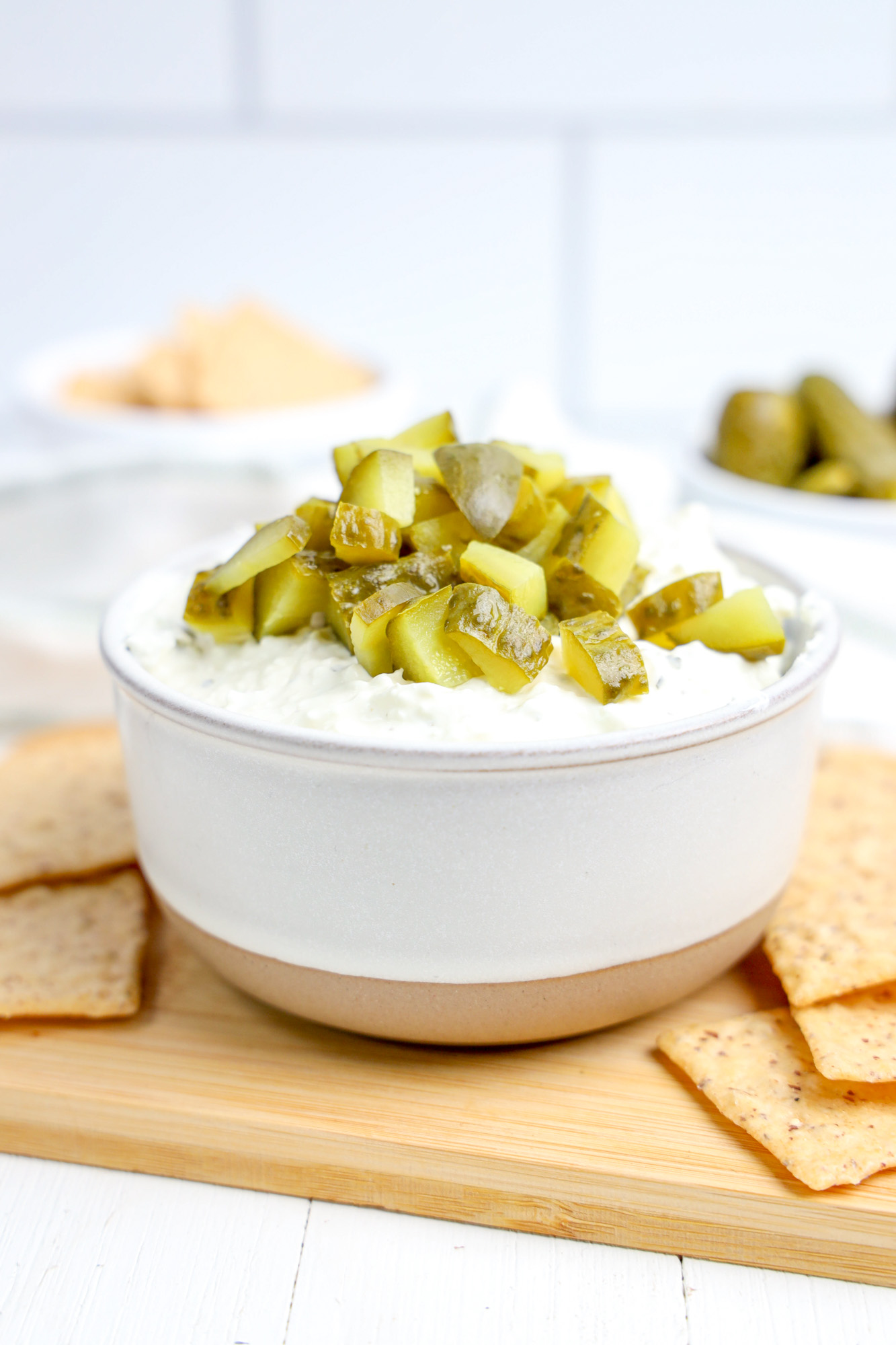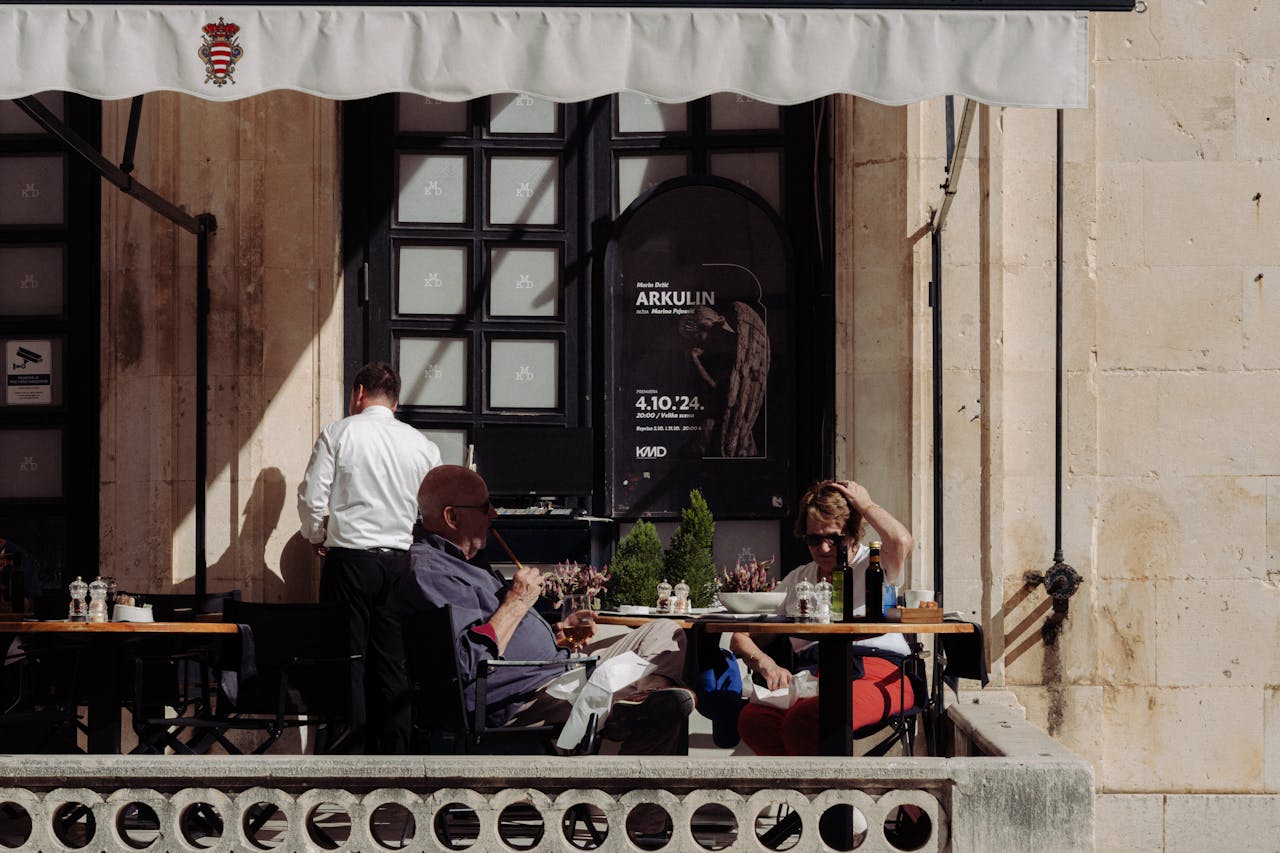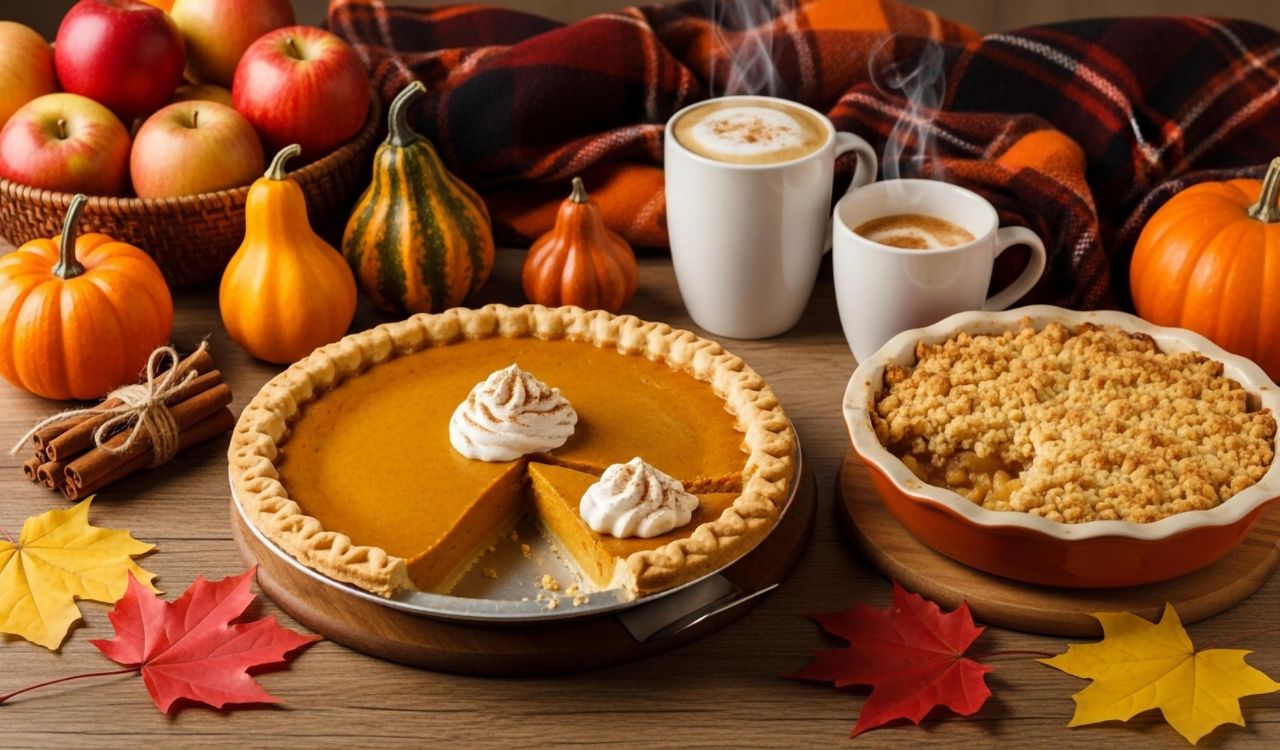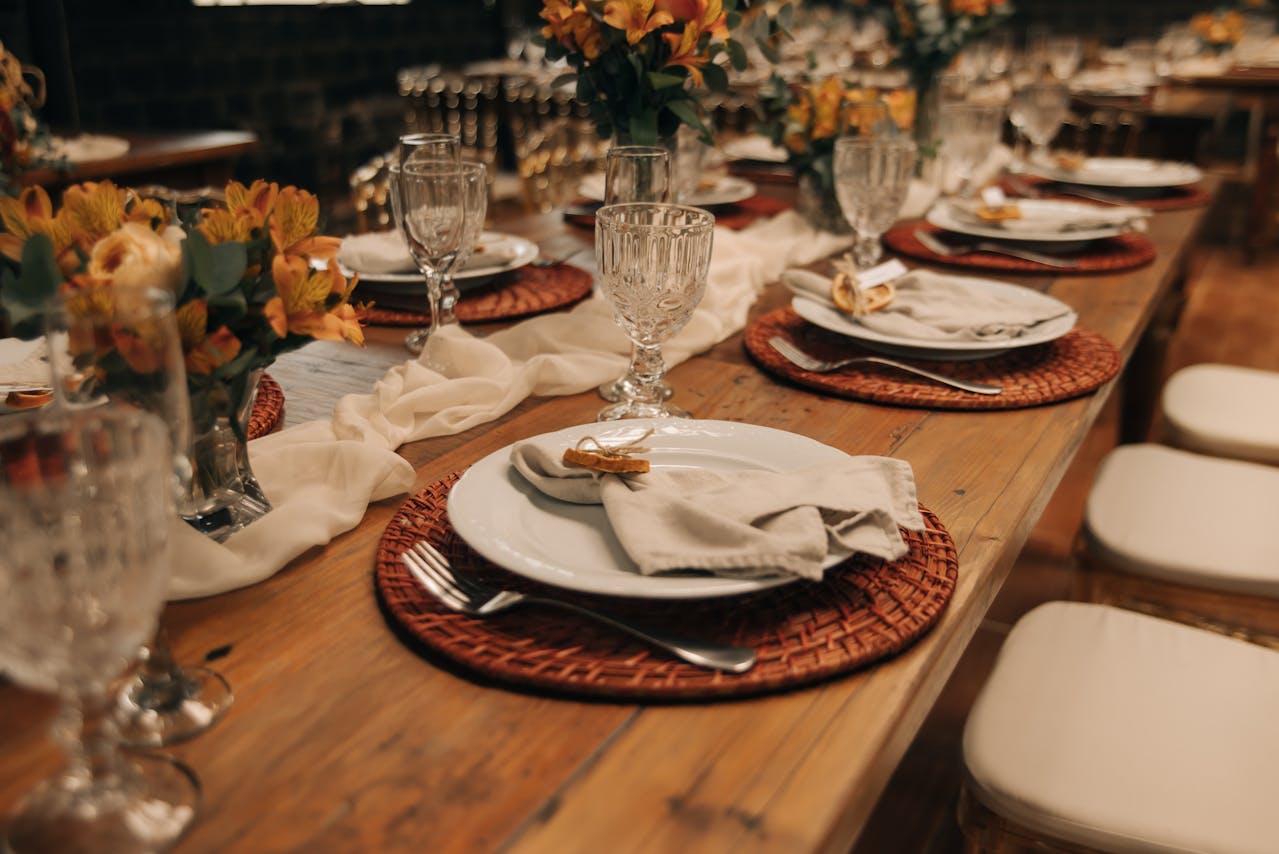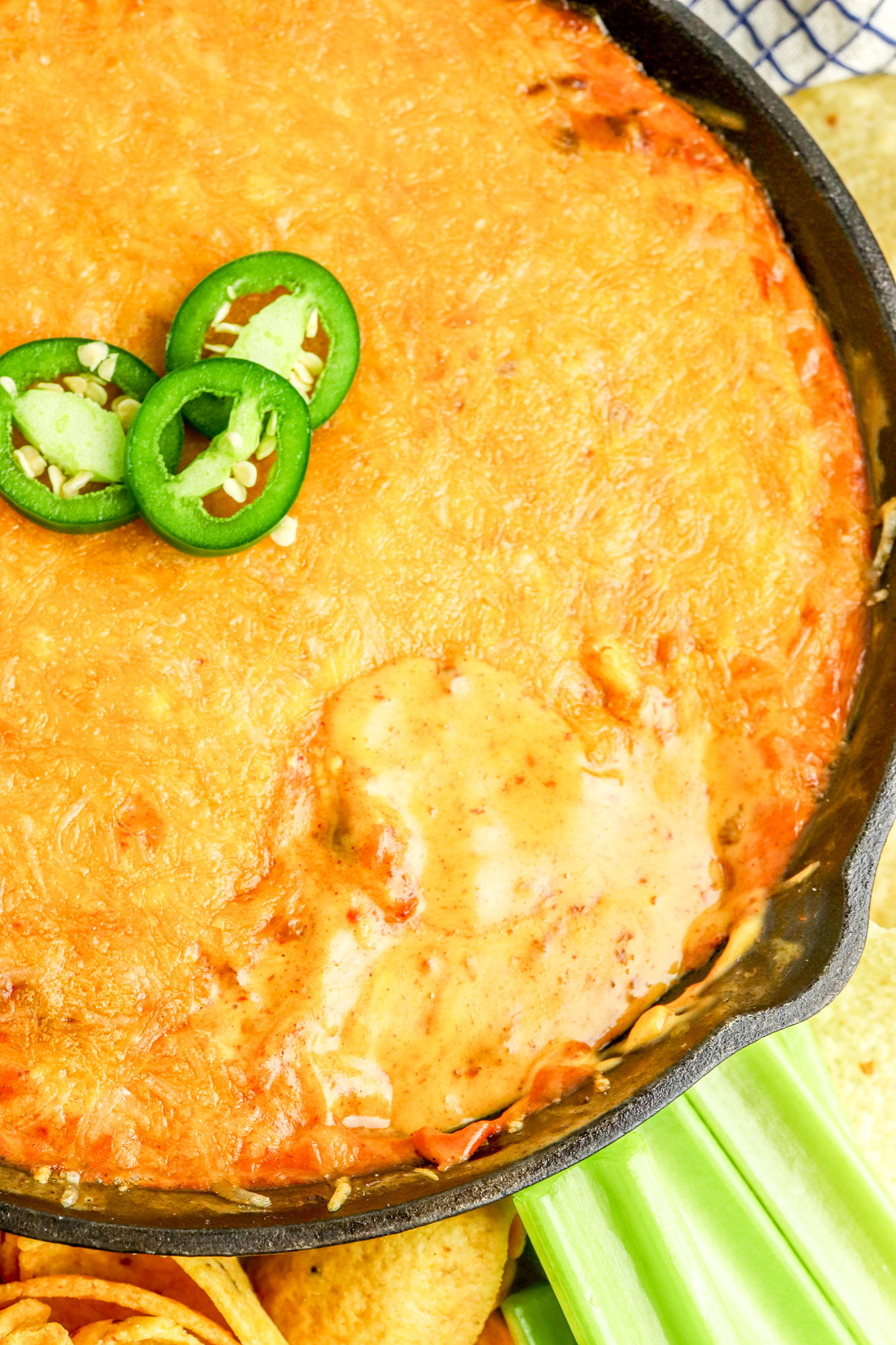15 Ways Coffee Shaped American Food Culture Over Time
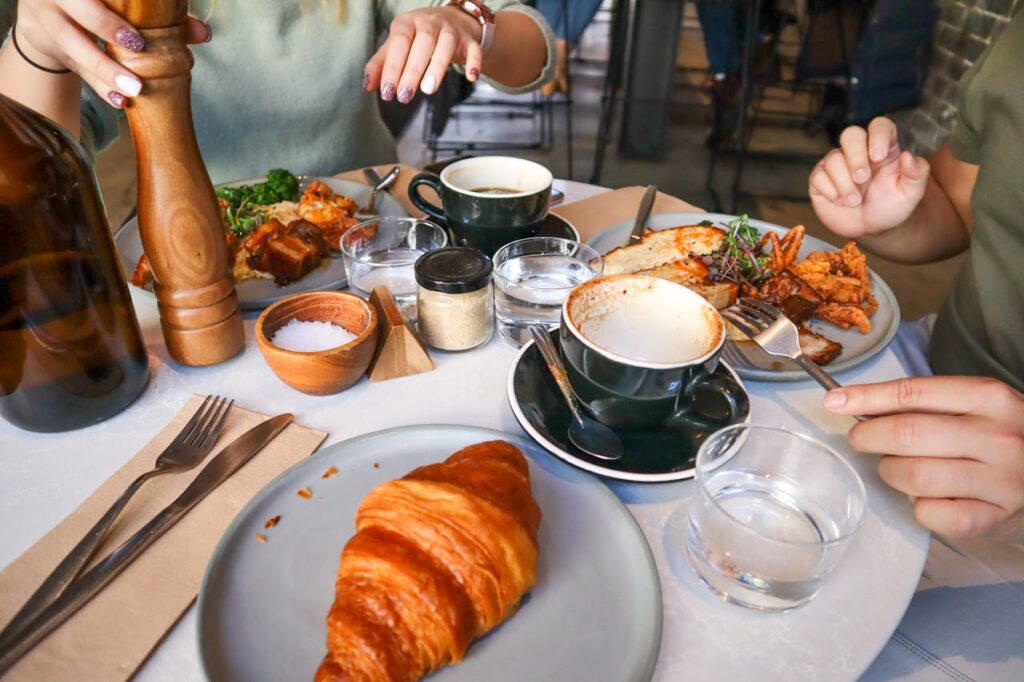
Coffee has long been more than just a morning pick‑me‑up in America. After the Revolution, it emerged as a symbol of independence, gradually replacing tea in everyday life. From fueling diners and workplaces to inspiring fast-food menus and coffeehouse culture, its influence stretches far beyond the cup. Coffee has shaped breakfasts, desserts, and even social rituals, making it one of the most defining foods in U.S. culture. Here are 15 ways coffee has influenced American eating habits and traditions.
1. Coffee as a Tea Alternative After the Revolution

When tea became politically symbolic after the Boston Tea Party, many Americans turned to coffee as a patriotic alternative. Choosing coffee signaled a break from British customs and aligned with a new American identity. What began as a political gesture gradually evolved into daily habit as households brewed it regularly. Over time, this shift established coffee not as a luxury but as an American staple, anchoring breakfast tables and social life well into the future.
2. Coffee and the Rise of the American Diner Breakfast
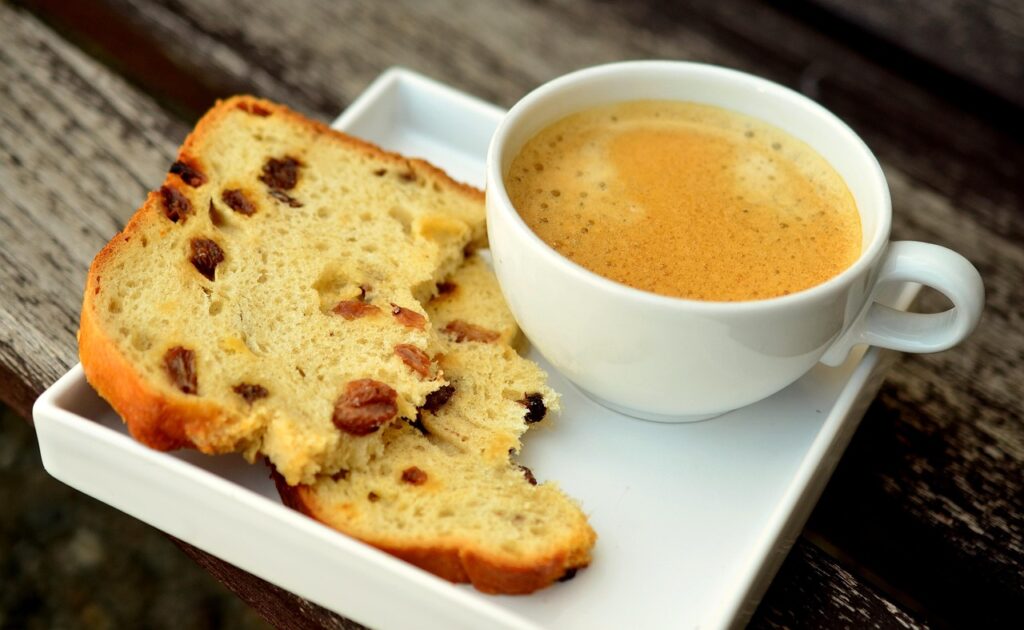
The classic diner breakfast-eggs, bacon, toast, and coffee; owes much to coffee’s rise as a mealtime staple. Diners catered to working-class patrons seeking affordable, hearty, and quick meals. Coffee’s strong flavor balanced rich foods and boosted morning energy. Over time, coffee came to define breakfast itself. Even today, the image of a diner’s endless pot of coffee steaming alongside a plate of eggs remains iconic, showing how coffee shaped America’s breakfast culture.
3. Coffee and Sweet Pastries Pairing Together
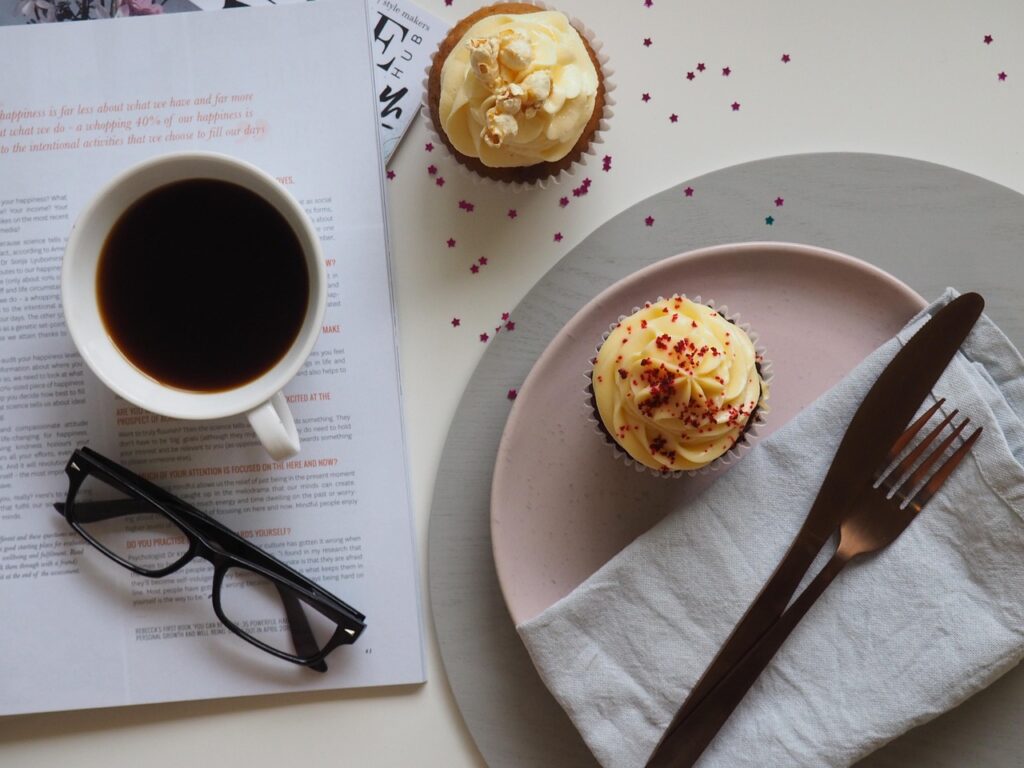
Coffee and sweet pastries are a natural match. Bitter coffee balances buttery croissants, cinnamon rolls, muffins, and doughnuts perfectly. Bakeries and cafés capitalized on this synergy, placing pastry cases next to coffee counters. This routine turned into a daily ritual for millions, making mornings sweeter and coffeehouses a regular stop. The pairing also helped raise pastries’ profile, cementing coffeehouses as social hubs centered on both drinks and sweets.
4. Coffee in Workplace Culture

By the mid‑20th century, the “coffee break” had become a workplace institution—so much so that some labor agreements even protected it. Offices embraced coffee not just for the caffeine but as a morale booster and social equalizer, turning the coffeepot into a gathering hub like the water cooler. This ritual reshaped food culture by pairing breaks with quick snacks and creating new rhythms in the workday. Without coffee breaks, workplace camaraderie would look very different.
5. Coffee Fueling the Fast-Food Industry
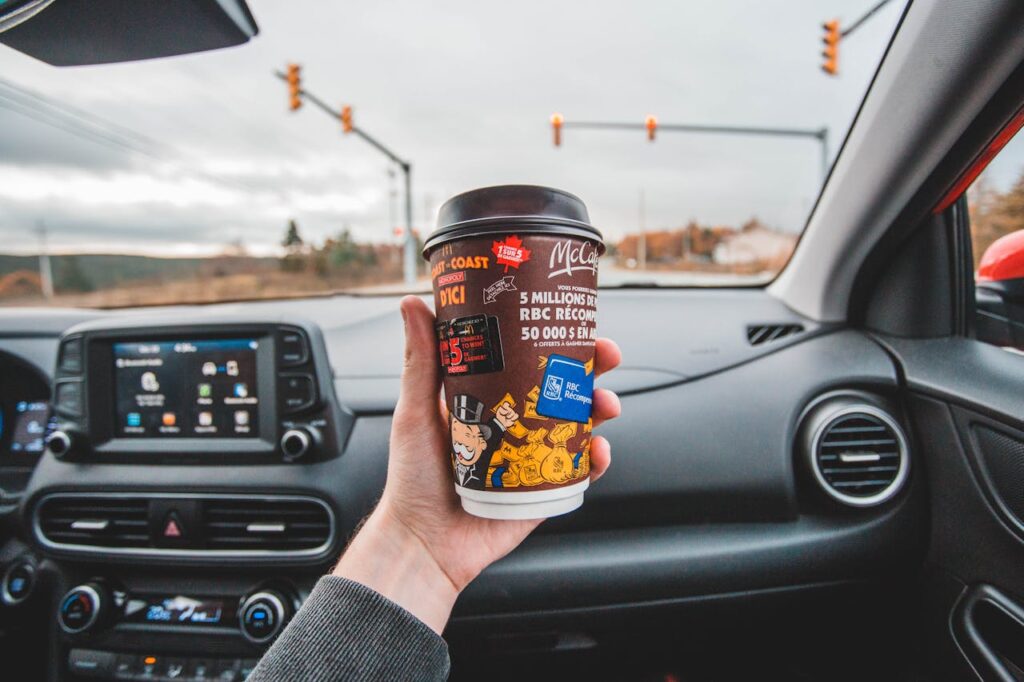
Fast‑food chains capitalized on America’s coffee habit by the late 20th century. McDonald’s, Dunkin’, and others realized selling coffee brought steady morning traffic, extending their appeal beyond burgers or doughnuts. Drive‑thru service made it easy to grab coffee with breakfast, reshaping daily routines. By anchoring menus around caffeine, fast‑food restaurants became all‑day destinations, helping normalize the quick “coffee run” and changing American eating patterns for good.
6. Coffee Shops as Social Gathering Spots
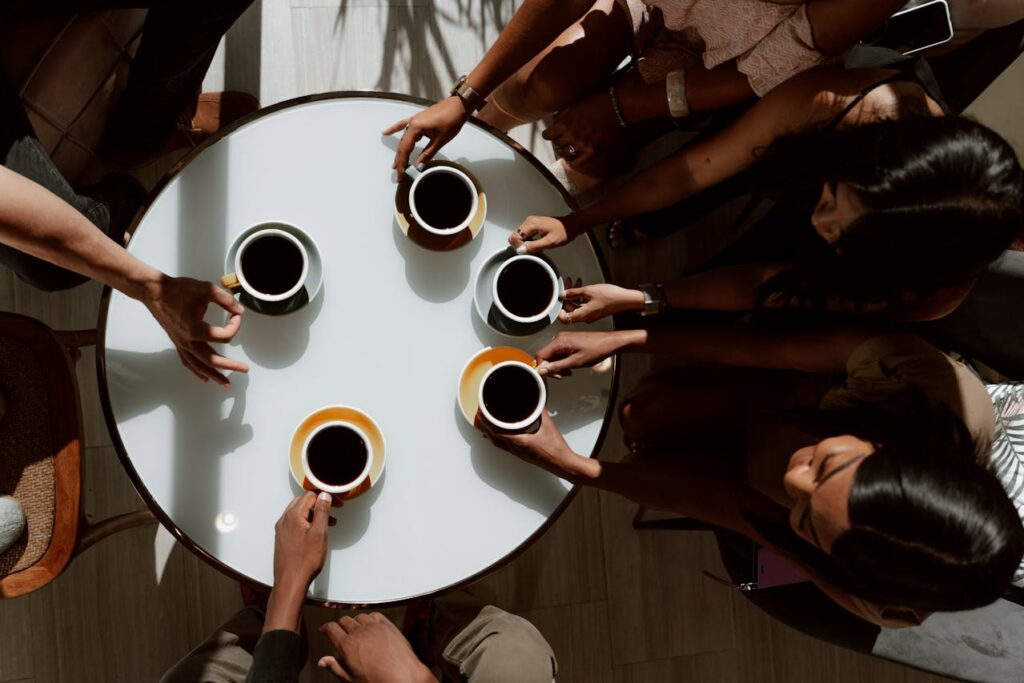
Coffee shops evolved into modern community centers—places for dates, study sessions, and casual meetups. This shifted food culture by making cafés destinations for lingering, not just quick lifts. Menus expanded to include sandwiches, salads, and snacks welcoming longer visits. Coffee transformed from mere drink to entire social experience, blending conversation, downtime, and food culture into vibrant gathering spots.
7. Coffee and the Rise of To-Go Culture
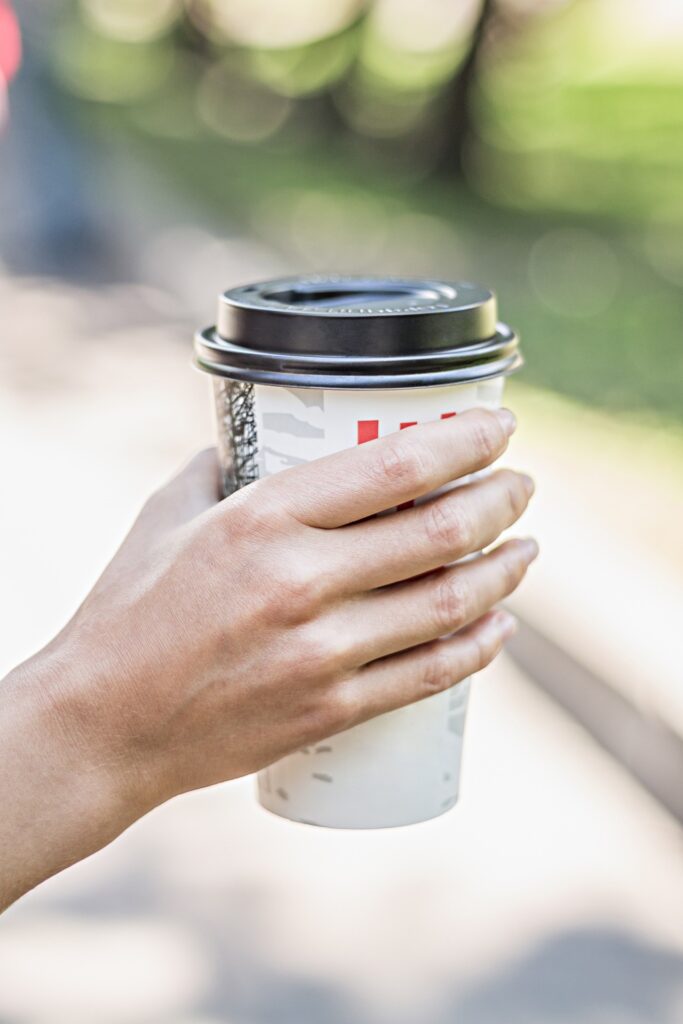
The to‑go coffee cup became more than just convenience: it symbolized a lifestyle of speed and mobility. Popularized in the 1960s with disposable cups and secure lids, it made coffee portable in a new way. This portability influenced broader eating habits, encouraging grab‑and‑go breakfasts like bagels, muffins, or wraps. Carrying coffee on the street became part of American culture, cementing its role as the ultimate companion to on‑the‑move meals.
8. Coffee and Regional Flavors
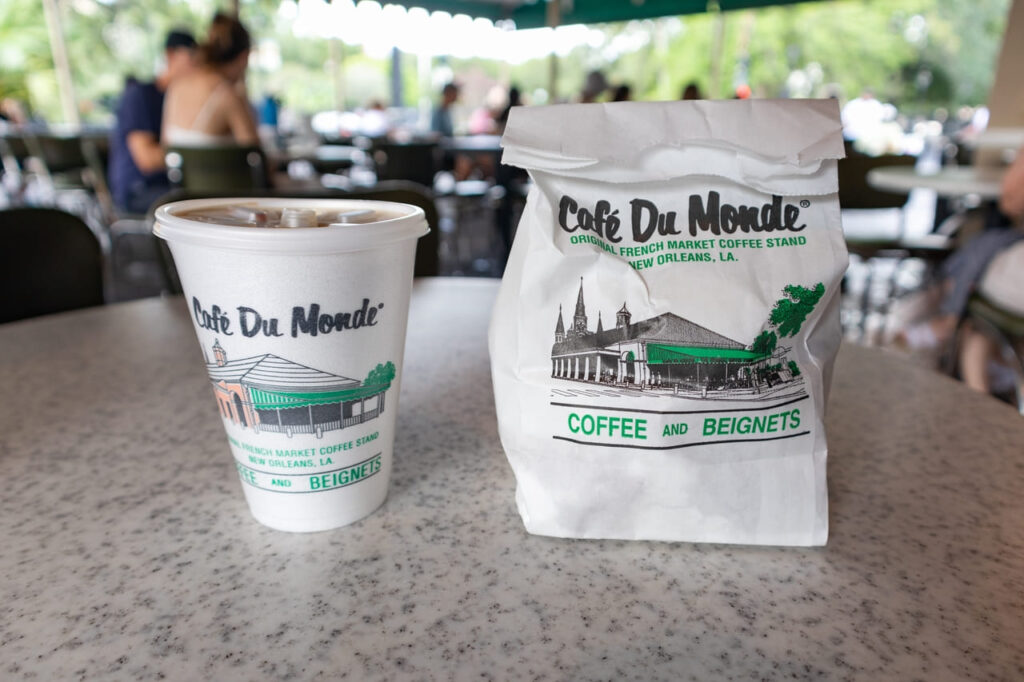
Coffee culture in the U.S. is wonderfully diverse. The Pacific Northwest champions espresso traditions; New Orleans boasts chicory coffee. These regional variations shaped local food pairings, from artisanal pastries to beignets. Coffee embraced local identity, encouraging food diversity while tying people together nationwide. This regional adaptation shows how one drink enriches a country’s broad and varied food landscape.
9. Coffee and Dessert Pairings
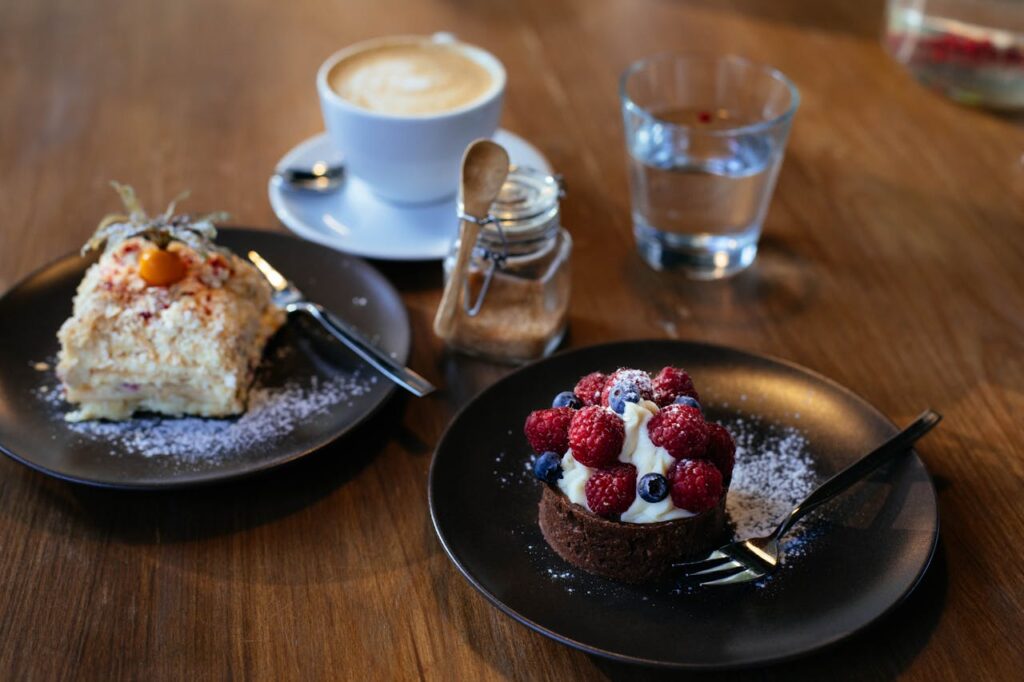
Coffee’s influence extends into desserts. Tiramisu, affogato, and coffee cake showcase coffee as both flavor and companion, shifting dessert culture. Coffee paired with sweets became an expected after-meal ritual, encouraging lingering moments rather than rushed departures. This pairing expanded coffee’s role beyond breakfast into the evening dining experience, making coffee a bridge between meal courses.
10. Coffee and the Rise of Specialty Drinks
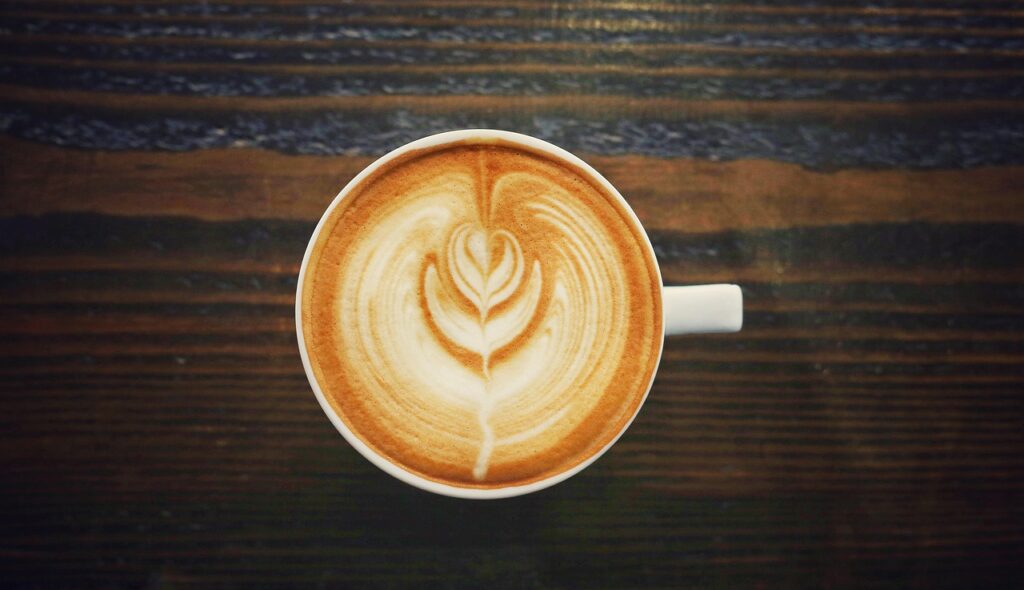
Lattes, cappuccinos, and flavored mochas revolutionized coffee, making it customizable and dessert-like. Syrups and toppings blurred beverage and treat, expanding café menus to match. Specialty drinks fostered a culture of creativity and personalization, influencing American dining toward unique experiences tailored to individual tastes.
11. Coffee and American Advertising
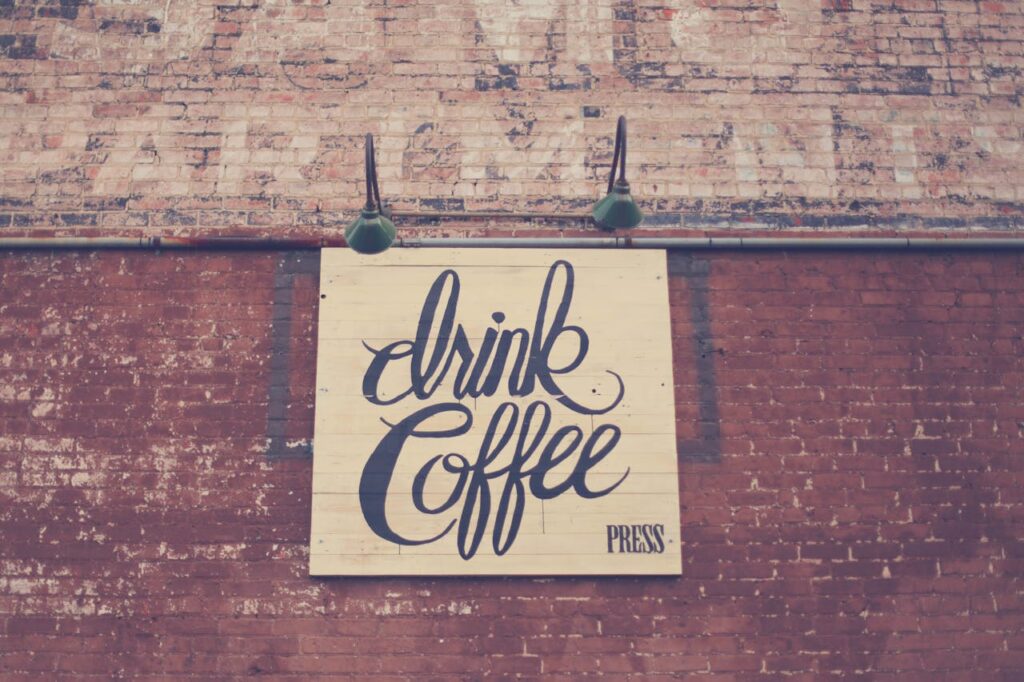
Coffee ads sold more than just beans; they sold lifestyles. Folgers’ jingles and Maxwell House’s “Good to the last drop” linked coffee to family, comfort, and hospitality. These campaigns embedded coffee into mealtime traditions and home life narratives, shaping how Americans viewed food and drink. Coffee’s marketing success set the stage for broader food advertising tactics emphasizing emotional connection.
12. Coffee and University Campuses

Coffeehouses near campuses became sanctuaries offering caffeine, affordable meals, and study spaces. For students, coffee culture shaped how social and eating habits merged, preferring casual café spots over formal dining. Coffee-centered gatherings became rites of passage, representing independence and balance between study, socializing, and nourishment.
13. Coffee and American Literature
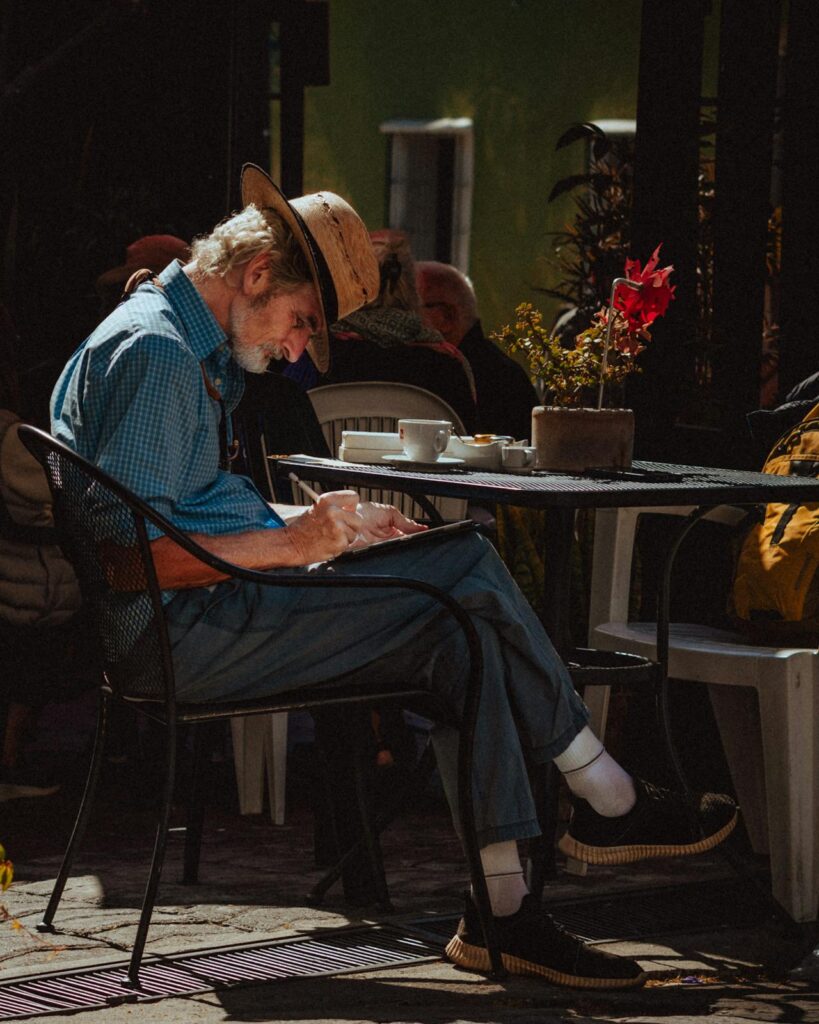
Writers made coffee shops iconic: venues of creativity, community, and social exchange. From mid-century beat poets to contemporary novels, literary portrayals helped define café culture as a symbolic space. Coffeehouses became more than drink spots; they turned into cultural hubs portrayed in stories, influencing readers’ ideas of food-related gatherings.
14. Coffee and the Health Debate
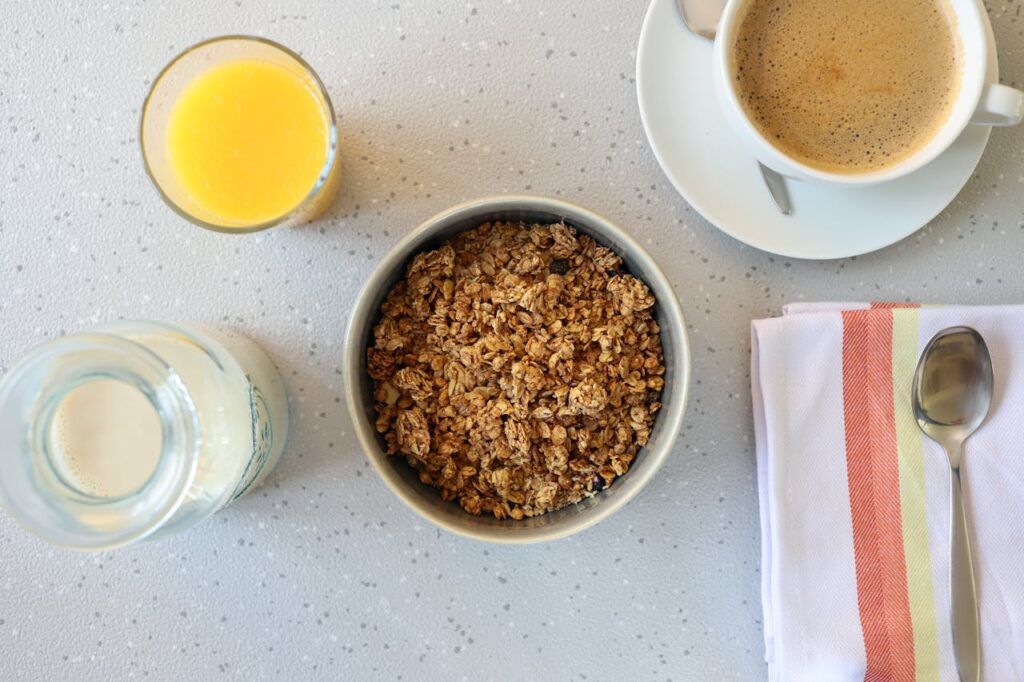
Coffee’s reputation has swung widely: from being blamed for jitters and heart problems in the mid‑20th century to being celebrated later as antioxidant‑rich and potentially disease‑preventing. These shifts influenced what foods people paired with it: richer pastries when coffee was seen as an indulgence, lighter fare when framed as healthy. The debate underscores how public perception doesn’t just shape coffee habits but also the surrounding food culture, reflecting larger trends in nutrition science and media.
15. Coffee Inspiring Global Influences in American Food
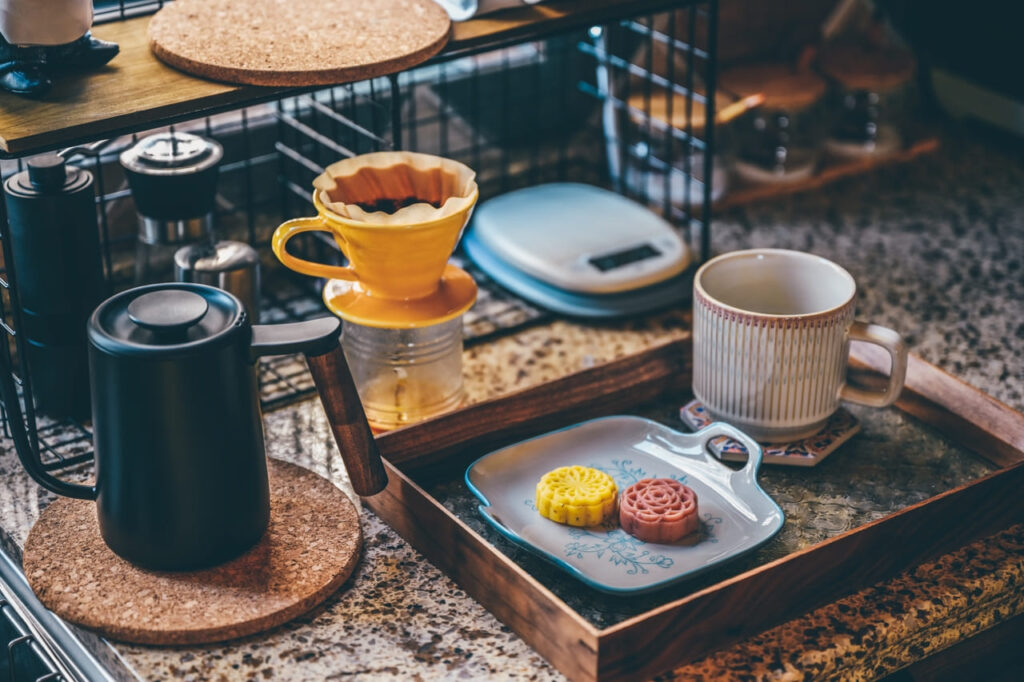
As coffee culture grew, it brought international flavors to American tables-Italian espresso, Turkish coffee, Latin American brews. Along came paired foods like biscotti or pan dulce, broadening America’s palate and appetite for diverse tastes. Coffee’s global ties encouraged adventurous eating, making everyday routines a celebration of worldwide culinary traditions.



